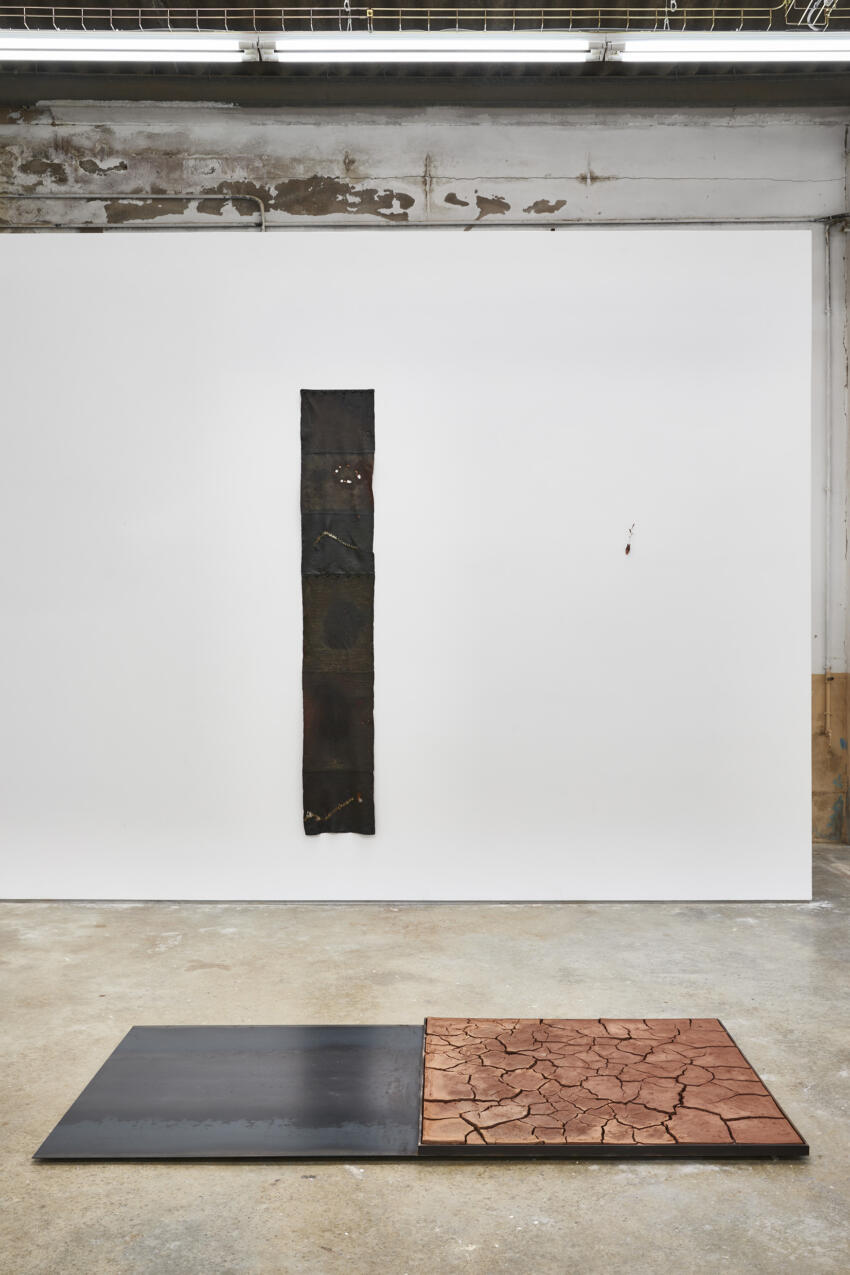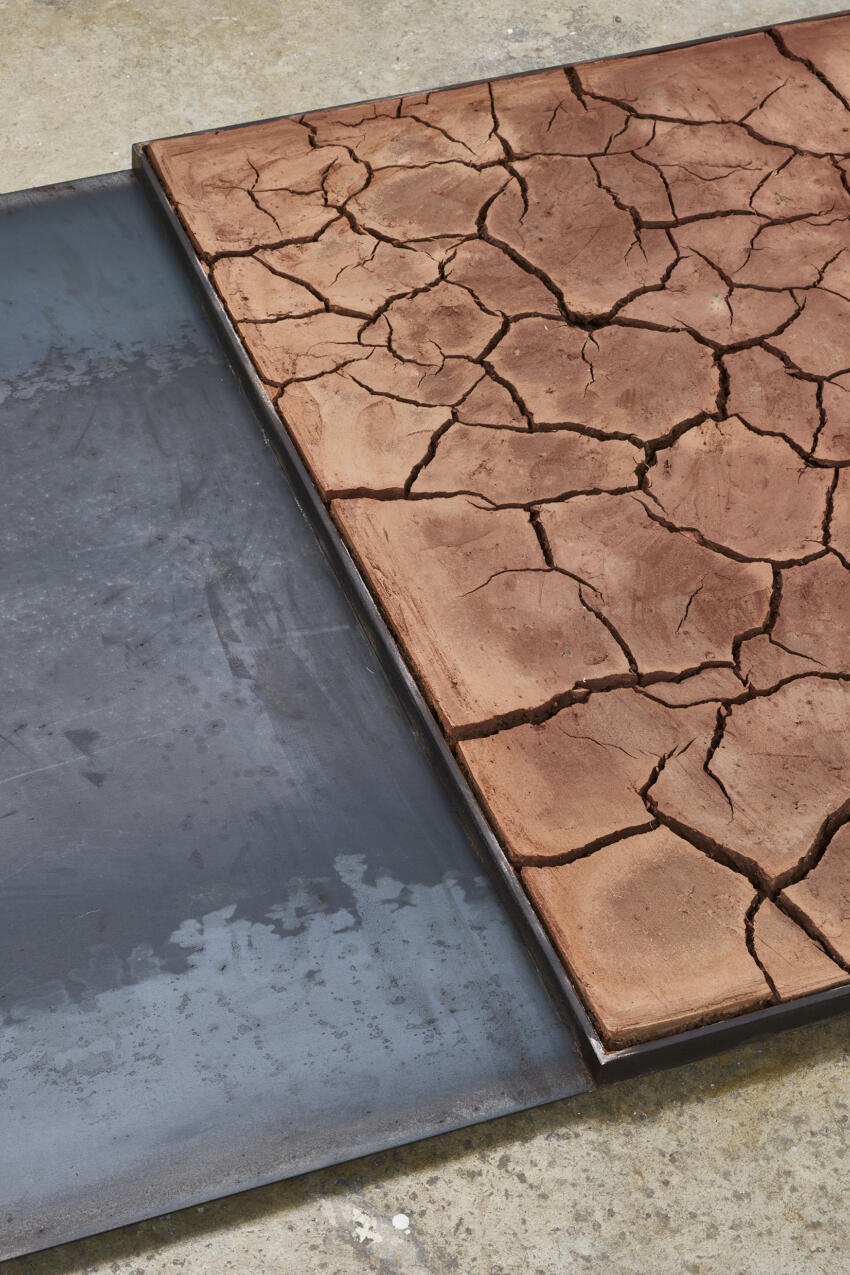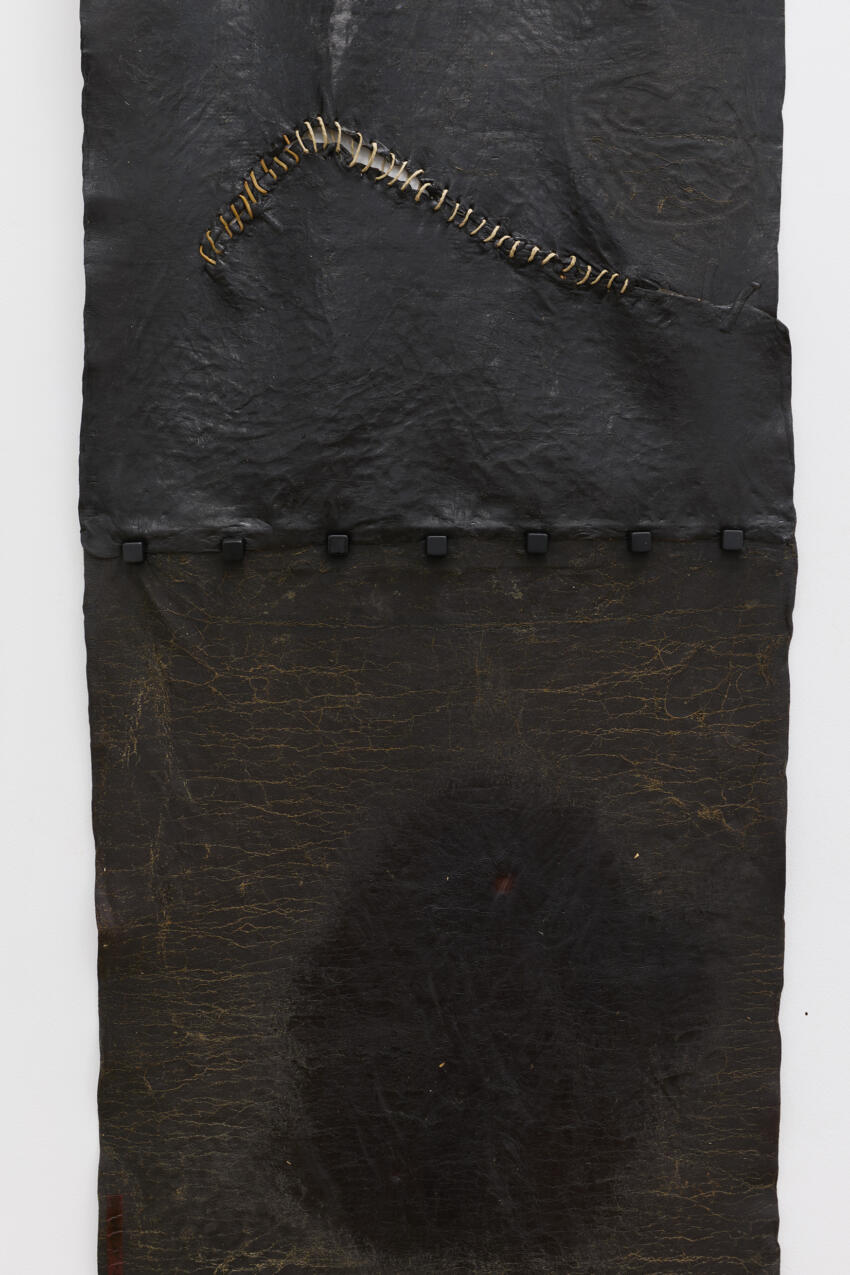Salt marshes are unique ecosystems at the transition of land and sea. They harbour plants and animals adapted to cope with salt stress. Intertidal salt marshes occur along the edges of shallow seas with soft sediment bottoms where the tidal range is considerable, zones that are flooded regularly by the tides. The obvious coloration of the salt marsh is caused by its microscopic algae, which produce the pigment beta-carotene. As the water temperature rises, and if the salt content is high, the water will redden as the algae reproduce. Red clay covers a considerable part of the ocean floor and accumulates very slowly. It consists of sediment left over after the dissolution of both calcareous and siliceous particles. Most of the red clay is eolian dust, and additional constituents are meteorite dust, fish bones and teeth, whale ear bones and manganese micro-nodules. The bright red color of the clay is the result of coatings of iron oxide and manganese oxide on the sediment particles.

Salinas d’Addaia, Floor Sculpture (Hot rolled metal, local red clay), 2023, 200cm x 100cm x 4cm
Installation view ‘Second Nature’, exhibition at 10N Menorca, june-August 2023

Sensorial Skin – archaïc black, 200cm x 42cm
